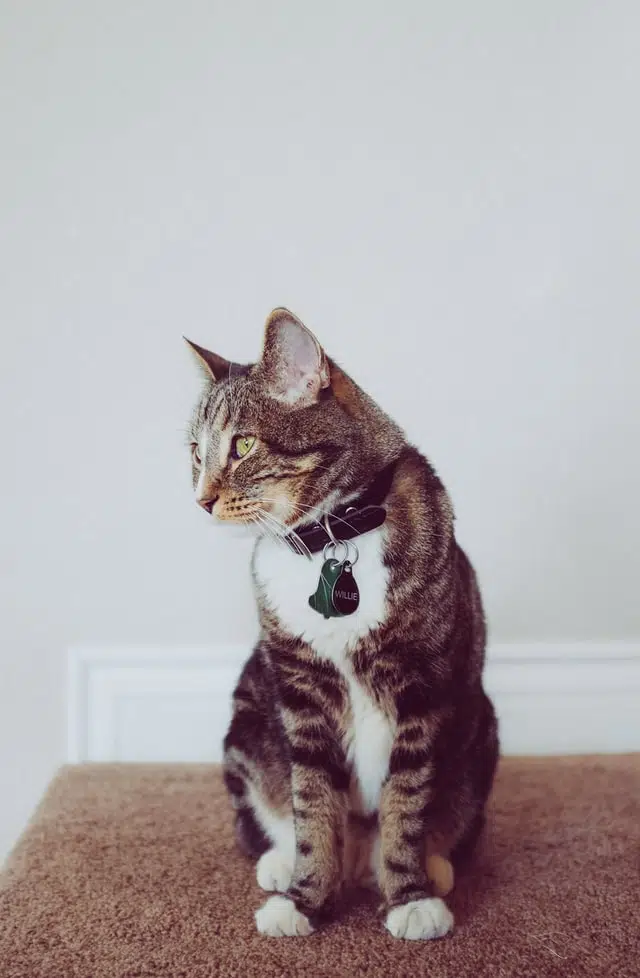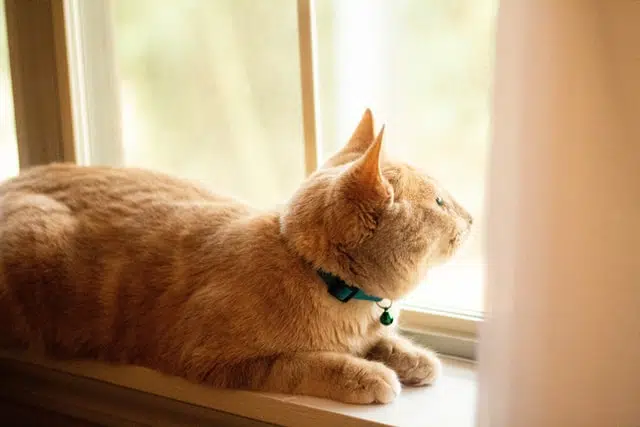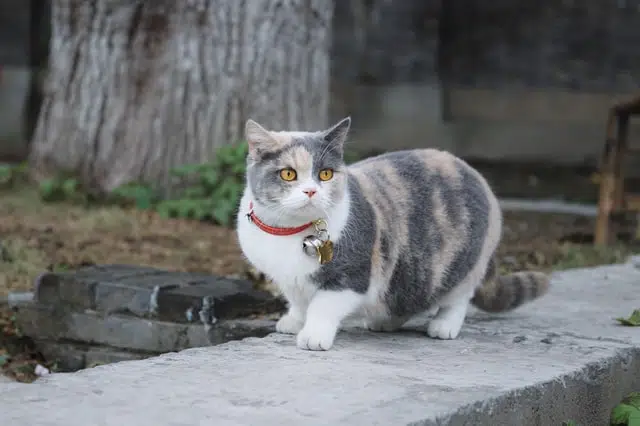Home » Blog » Pet » Pet Parenting Lifestyle » All About Cat Collars
Categories
Tags
animal welfare
breed profile
buying a car
buying a pet
Car
car accessories
car care
car features
car insurance
Car safety
car sales
car service
cat
cat behaviour
cat body language
Cat Breeds
cat food
cat insurance
comprehensive car insurance
Dog
Dog Behaviour
dog body language
Dog Breeds
dog food
Dog Insurance
dog training
eco friendly cars
Kitten
New Car
pet accessories
pet activities
Pet Adoption
pet breeders
pet days of the year
pet fun stuff
Pet Health
pet insurance
pet parenting
Pet Safety
pet services
Puppy
rescue pets
road safety
road trip
safe driving
Recent Blog:
Facebook Posts
4 days ago
Are intestinal worms setting up camp in your dog’s gut without paying rent? Here’s how to spot the main culprits and get rid of them too:![]()
![]() Preventing, Identifying and Treating Intestinal Worms in Dogs - bit.ly/43YjCKu
... See MoreSee Less
Preventing, Identifying and Treating Intestinal Worms in Dogs - bit.ly/43YjCKu
... See MoreSee Less
Preventing, Identifying and Treating Intestinal Worms in Dogs
www.pd.com.au
Intestinal worms, such as roundworms in dogs are one of the least glamorous topics on the planet. These intestinal parasites that basically use our dogs
PD Insurance
with Dogs West.
6 days ago
We enjoyed meeting #breeders #doglovers and members at the Dogs West Open Day. Special thanks to our partner Dogs West for organising an incredible event. There is still time to enter our pawsome competition. Click here for details: bit.ly/4covyce![]() #PDinsurance #dogswestopenday #dogswest
... See MoreSee Less
#PDinsurance #dogswestopenday #dogswest
... See MoreSee Less
6 days ago
Did you know? The Manx is a breed that is known for its lack of a tail, which is caused by a genetic mutation.
... See MoreSee Less
Cat collars haven’t always been “a thing” the way dog collars have. Partly because people walk their cats on a leash less than people walk their dogs.
And then there’s the not-so-small matter of cats climbing, crawling, scaling fences and creeping through small spaces. This means collars can become a safety hazard if they get hooked on a tree branch, for example.
Luckily, cat collars have come a long way. So, without further ado, let’s explore the ins and outs of cat collars.
Cat collars Australia
“Cat collars Australia’ is a popular search term, so there’s a lot of Aussies out there looking to add a little necklace to their kitty. And to a responsible pet parent they’re less accessory and more necessity.
Let’s have a look at the types of collars available, safety considerations, and whether cat collars are essential.
Are cat collars safe?
According to Cat Health, only a breakaway collar is safe for cats.
Traditional buckle collars similar to what you’d use on a dog aren’t safe for cats’ penchant for climbing, jumping walls, and going through bushes.
If you’re looking for a collar which is practical but still keeps your cat safe, you’ll want to check out the breakaway collar.
What is a breakaway collar?
The breakaway collar, as the name suggests, allows your cat to “break away” in dangerous situations.
It’s designed to unclip under pressure. So if your cat’s collar gets hooked or tangled up in something, it will unclip and your cat won’t risk choking or getting stuck.
Of course, there’s one obvious drawback here. Every time kitty goes adventuring and gets caught up in something, they could end up roaming free – without a collar.
So you might end up buying quite a few of these collars. That said, you may very well be saving your cat’s life. We think the benefits outweigh the drawbacks in this situation.
The stretch collar
Another cat collar which some people use on their cats is the stretch collar.
The stretch collar has elasticised sections which stretch if the collar gets hooked on something. The theory is that this makes the collar wide enough for your cat to wiggle out of.
However, it’s far from foolproof. When the collar stretches open, your cat might get a paw or leg stuck in the collar instead.

Cat collar tags
A collar and tag help show that a lost cat isn’t a stray, but a much-loved pet. If you do get a collar for your cat, a tag with your phone number can help reunite you more quickly in the event that kitty gets lost.
But of course, microchipping your cat is still the best idea. Having an extra ID tag on the collar just helps to cover all bases.
Are collars safe for outdoor cats?
The breakaway cat collar is the best option if you have an outdoor cat. They tend to play in the garden, climb trees, and explore far beyond the boundaries of your home.
Why give them a collar in the first place? One of the best reasons is to help stop them from hunting wildlife and other pets. It allows you to attach some sort of a bell so if your cat is stalking birds or wildlife they’ll be given away by their jingling.
It might seem unnecessary until you consider that cats have played a role in the extinction of many species, and kill an estimated 1.7 billion native animals per year.
What about indoor cats?
Indoor cats are at less risk of getting caught in trees or bushes, but there are reasons for them to wear a collar too.
If they do get out, they’re more likely to get lost or disoriented, and a cat collar can help people realise that your cat is a pet. Plus, it allows them to make a simple call to your phone number on the collar tag rather than having to take puss to the vet for a microchip check.
But the choice is ultimately up to you.
If you’re undecided on what your kitty’s lifestyle should be, read up on indoor cats vs outdoor cats.

Correctly fitting cat collars
If you’ve decided that your cat should have a collar after all, it’s important to fit it correctly, for both safety and comfort reasons.
The best way is to check whether there’s space for you to slide two of your fingers under the collar somewhat snugly. Then you’ll know it’s secure, but not too tight.
If your cat is tense when you fit the collar, check it for size later. Nervous cats often flex their neck muscles, so the collar will fit differently once they’re relaxed. If you’re not sure how to tell when a cat is tense or relaxed, read up on cat body language.
If your cat isn’t fully grown, remember to check the fit regularly. It isn’t a bad idea to do this even on an adult cat, as their weight might fluctuate.
Protect your cat with pet insurance
Now that you know all about the safest cat collars, consider other ways to keep your cat safe. One of the best investments you can make is a cat insurance policy, so you don’t need to put off important medical treatment for the sake of finances.
Share On:




